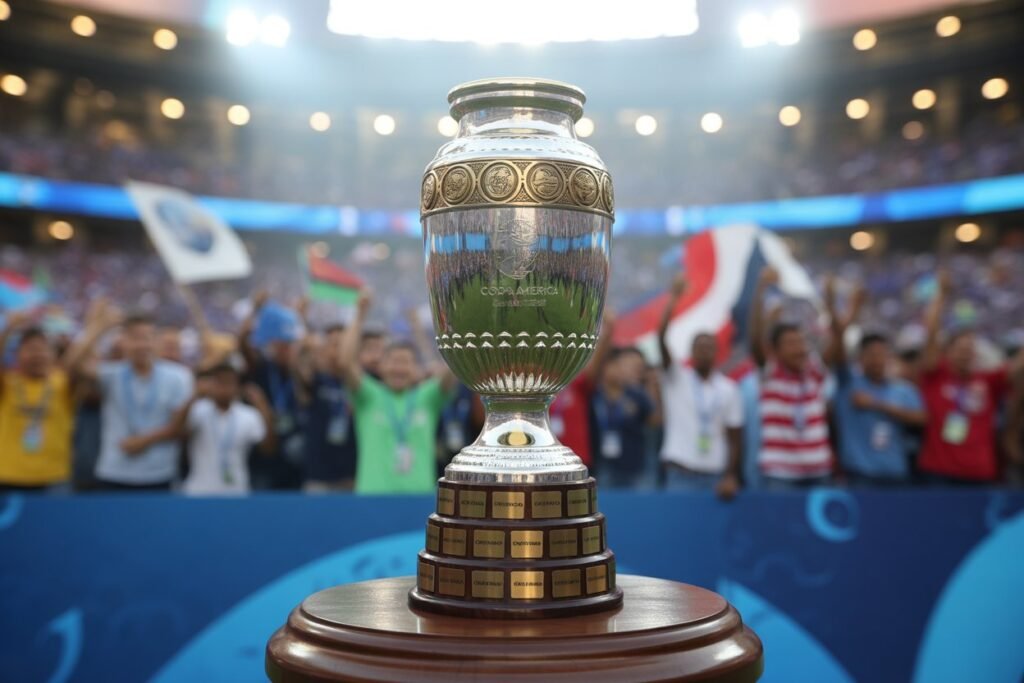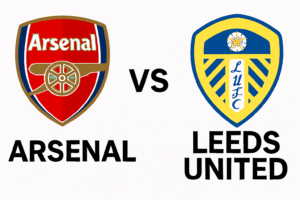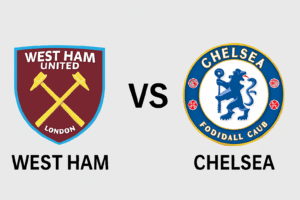
There are few events in football with the sheer passion and drama of Copa America. Very few tournaments can showcase the level of rivalry found in South America, where legends are made, and national pride is felt at every venue. From kickoff to the final whistle, Copa America offers a unique combination of skill, ferocity, and history. My upbringing consisted of all of us including friends, family, and neighbors scheduling our activities around every match. I have seen entire communities stop everything, flags dragged out, and many voices chanting in solidarity for one simple fact: football means everything in South America.
Copa America: History and Evolution of the Competition
The Copa America was established as the South American Championship in 1916, making it the world’s oldest championship for national teams at the continental level. When it began, there were only four nations participating: Argentina, Brazil, Chile, and Uruguay. The league expanded quickly as teams from neighboring countries began to enter, while the prestige of the championship grew substantially. Over the course of time, guest teams from North America and Asia have been involved in creating new stories and content, while adjustments or changes to the format made it challenging. However, throughout everything, the Copa America maintained its roots with a core success condition: a tradition of creativity and competition about South American football.
Copa America: Tournament Format and Structure
At present, Copa America usually has either 12 or 16 teams in the competition, and the first stage is conducted in groups. Every squad plays each opponent once in their group, where the top two advance into the knockout rounds, and the quarterfinals, semi-finals, and finals are single-match eliminations. This method – aimed at maximum excitement has evolved through real trial and error over decades and has ensured the best and most entertaining competition when it comes to a fair system of determining FIFA’s continental champions. There is a unique environment with that format that provides the opportunity for surprises to occur, as well as the defending champions remaining under fire.
Copa America: Qualification Process Across the Continent
Unlike some tournaments, South American federations have played with the paths to qualification for the context of the Copa America. In certain editions, all CONMEBOL member associations qualify automatically, while guest teams are invited through other Confederations. This ensures representation by traditional powerhouses, Argentina, Brazil, Uruguay but also allows smaller nations like Bolivia and Venezuela the chance to shine. The qualification process for Copa America is a demonstration of inclusivity and highlights the tournament’s role as a continental unifier rather than a purely competitive test.
Copa America: Legendary Matches and Unforgettable Moments
The history of the Copa America is full of matches that carve out eras. Who can erase the images of Argentina’s second half comeback against Brazil in 2004, or the drama of Uruguay defeating Chile in penalties in 2011? Every stage of the tournament itself has delivered unforgettable moments of stunning brilliance see Neymar’s solo effort against Paraguay – or agonizing drama see Claudio Caniggia’s volleyed winner in 1991. These matches are embedded in fan memories, allowing the spirit of the Copa America to live on well beyond whole in the final.
Copa America: Impact on Players and National Pride
The Copa America is the highest level of competition that many South American players will have at the international level. Players like Diego Maradona, Pele, and Messi have all at one point in their career been able to lift the Copa America Trophy resulting in impactful and memorable legacies. A player can initiate a career’s downfall or an entire national festival that can last for weeks during national celebrations from the intense passion of Copa America. As still vivid in the memories of fans in Argentina, Lionel Messi and his iconic 2021 Copa America victory against Brazil in Rio galvanized a nation. There is immense power behind a tournament, like Copa America, that can unite whole nations that can even override the historical pitfalls of politics and language. Copa America rings true for all fans because of its power in sport.
Copa America: Hosting Nations and Iconic Stadiums
For South American nations, hosting the Copa America is essentially a badge of honor. From Argentina’s legendary Monumental Stadium to Brazil’s iconic Maracanã, these venues come with incredible histories and support. Often, the hosts spend huge amounts on infrastructure, such as stadiums and transport and fan festivals, to host tourists and to showcase national pride as much as to win a tournament. The smaller nations also took advantage of the opportunity, as Colombia provided a vibrant Bogotá, and Ecuador provided altitude (Quito). As a result, each Copa America edition becomes a showcase of culture, hospitality and football.

Copa America: Economic and Cultural Significance
Copa America influences and assists local economies with tourism, merchandise sales, and media rights sales. Street vendors in host cities make a killing selling caps, jerseys, and snacks, while bars are brimming for every kick-off. Cultural exchange is just as important; music, dance, and food festivals grow around every match, turning stadium districts into all-night parties. The tournament’s impact job creation, urban renewal, and global media interest demonstrates why nations pursue hosting opportunities, and why hosted Copa America is a continental fixture.
Copa America: Fans, Traditions, and Fan Festivities
Unmatched fervor is found among South American fans at Copa America. Tribal drums pound through the stadium, scarves twirling, and vocalizations are performed in unison in waves. In many cities, public view areas saw thousands flock to create mass community excitement around giant screens. Each country’s fan creates local flair: Argentina’s passionate singing of “Albiceleste”, Brazil’s samba infused cheers, Colombia’s vibrant street parades. Whoever you attend a Copa America match with, you’ll feel a part of a family reunion of sorts intense, enjoyable, and totally emotional.
Copa America: The Role of Technology and Modernization
Recently, technology has tainted the Copa America experience for fans and officials alike. Video Assistant Referee (VAR) systems allow for fair play on critical calls and goal line technology eliminates disputing the outcome of close calls. For supporters and fans at home and around the world, ultra-HD live matches, multi-camera replays, and interactive apps with live statistics all make matches come to life. Even fan engagement platforms, social media and fantasy leagues add a participatory stage. All these elements ultimately enhance the modernization of traditions and allow Copa America to evolve without losing its soul.
Copa America: Current Champion and Recent Tournament Highlights
Argentina is the current holder of the trophy, lifting the Copa America in 2021 after beating Brazil 1-0 in Rio de Janeiro. This was Argentina’s first title in 28 years and gave Lionel Messi’s international career its first major silverware. There were rivetingly close group stages, thrilling knockout contests, and as is his trademark, Messi shining bright when it mattered most, all on display in Copa America. Argentina’s victory clearly illustrates what the Copa America is all about, why it is always so competitive, and why every team believes it can win.
Copa America: Prospects and Legacy
Moving forward, Copa America will continue its evolution across the continent and beyond. Looking ahead to the new co-hosting models and the prospect of inviting teams from different confederations as guests, the tournament is looking to find challenges on top of challenges, while not forgetting its heritage. The legacy projects – youth academies, refurbished stadiums and venues, community programs – make sure every edition of the tournament leaves a legacy beyond the final whistle. For fans and players, the Copa America has always been about more than competition; it is a celebration of the creativity, resilience, and never-give-up attitude that South American football is known for.




